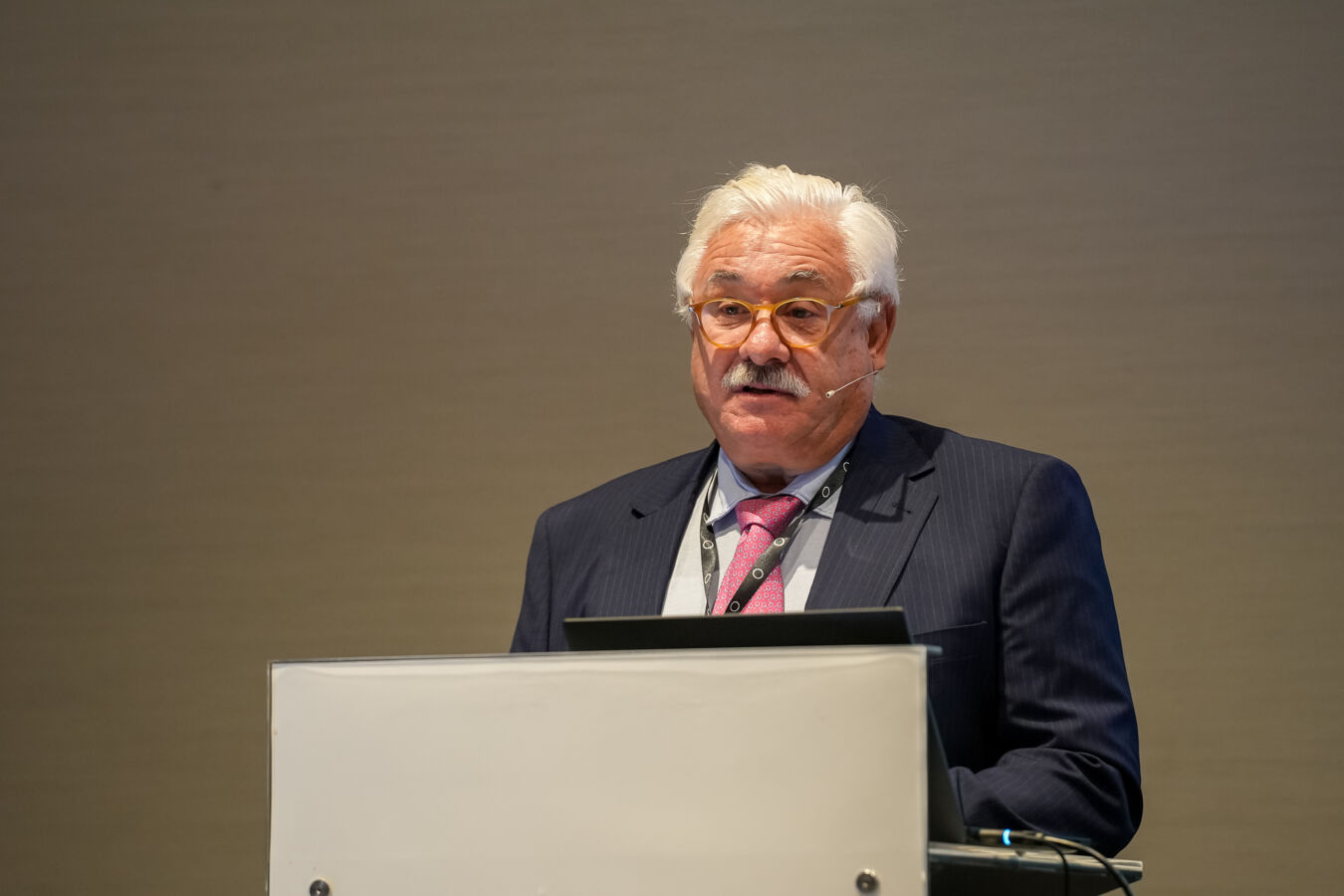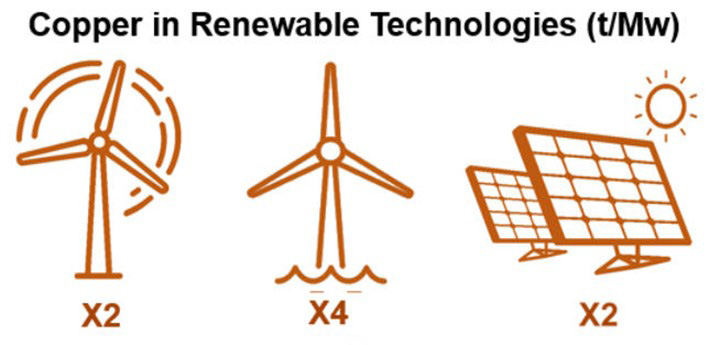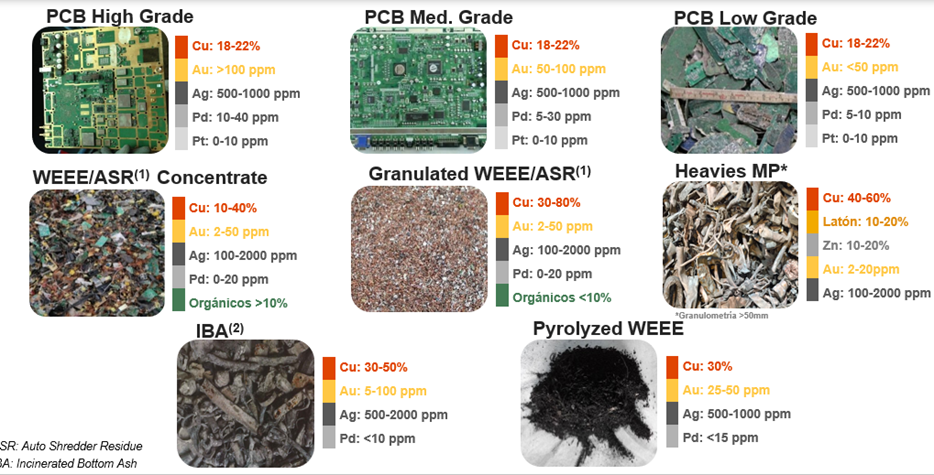The economic growth has increased the standard of living globally and lifted people from poverty. The GDP per capita has increased 15-times from $812 in 1970 to $12,235 in 2021. At the same time poverty has reduced significantly. 8% of the world’s population lived on less than $2.15 a day in 2019, down from 44% in 1981. However, we are paying the price in increased emissions. The global carbon dioxide emissions have climbed from 15 Gt in 1990 to 60 Gt in 2022. Globally, there is a clear need to decarbonize the economy and promote sustainable growth by drastically limiting our emissions.
Metallurgical processes and circularity

To reduce the emissions, several different means can be adopted: 1) to increase efficiency to optimized consumption, self-generation or circular processes 2) power generation from cleaner sources 3) electrification of power consumption like electric vehicles (EV) and 4) new technologies, like green hydrogen, biogas, carbon capture and storage. A sustainable world needs metals, more than ever. Fig 1 demonstrates the dominant role of copper in various ways to decarbonize societies. Although other metals may be present in EV batteries in higher quantities than copper (Fig. 2), none of the other metals is needed in all the potential decarbonization technologies. Furthermore, the power generation from renewable sources is more copper-intensive than conventional electricity production (Fig. 3). Although also copper production generates emission, copper is clearly more part of the solution than a problem in decarbonization.



Copper is instrumental in the transformation to a low-carbon society. It is needed in e.g. renewable power generation and in electric vehicles and their charging systems. Because of this the copper demand is expected to grow. Currently, primary production of copper is 25.3 Mt and secondary production accounts for 9.8 Mt, see Fig. 4. Secondary copper includes both high-grade melted scrap and low-grade scrap.

Secondary copper sources are not able to satisfy the growing copper demand although the amount of e-Waste is growing rapidly. In most applications, copper stays in use for decades. A windmill may last 25-30 years and buildings 60-70 years. Furthermore, opposite to concentrates, scrap “disappears” from markets in periods of lower prices. On the other hand, e-Waste offers an opportunity to recover also other valuable metals (Fig. 5).

It is not foreseeable in a reasonable time horizon that global copper demand can be satisfied based on recycling. However, Circular Economy and recycling will need strong support and development to complement the primary route and to reduce the use of natural resources. In parallel with fostering recycling and reuse, there are opportunities to reduce the footprint of primary processes, mining, smelting and refining. Our success in facing all those ambitious challenges in the short, medium and long term will depend above any other thing on our people.